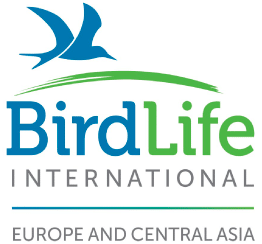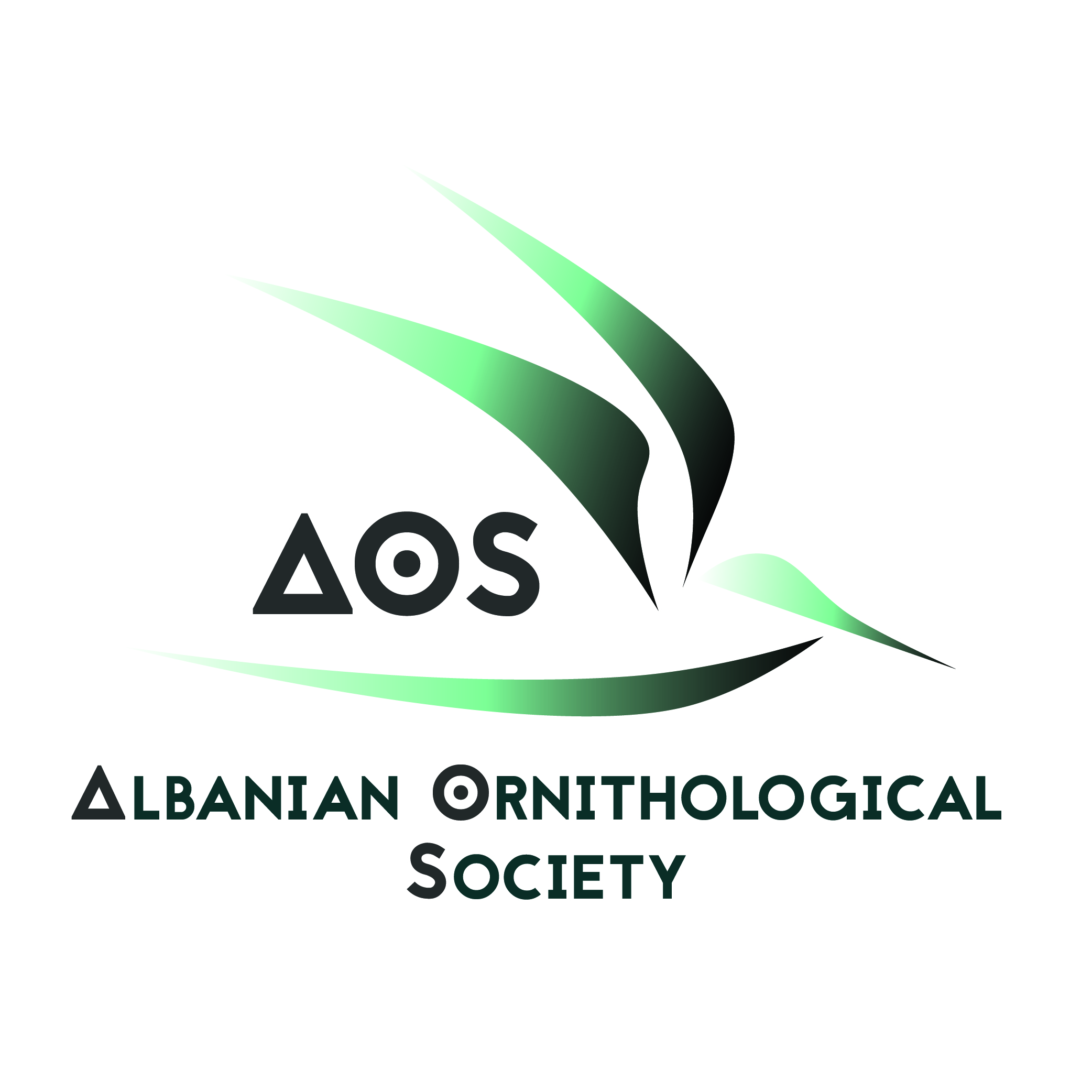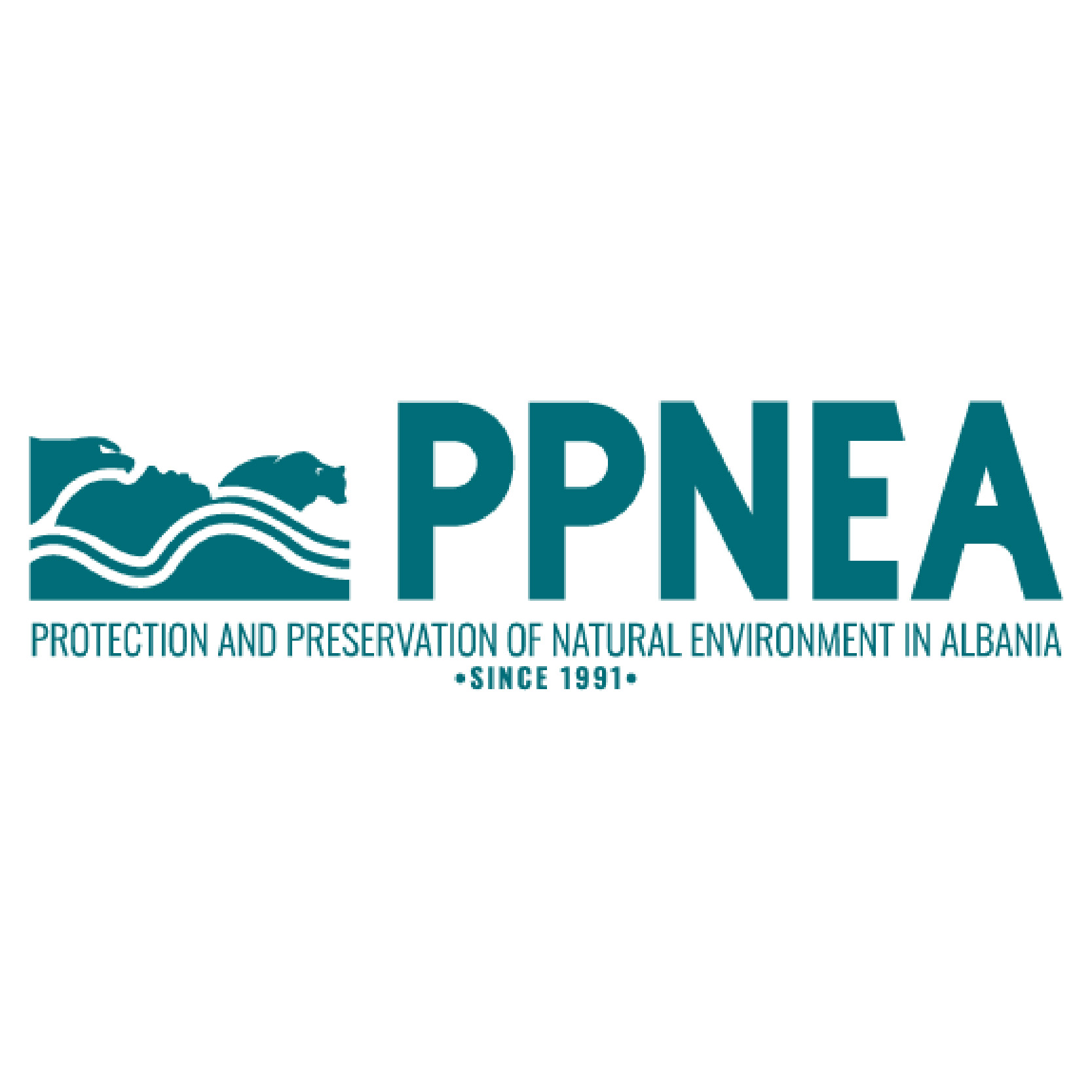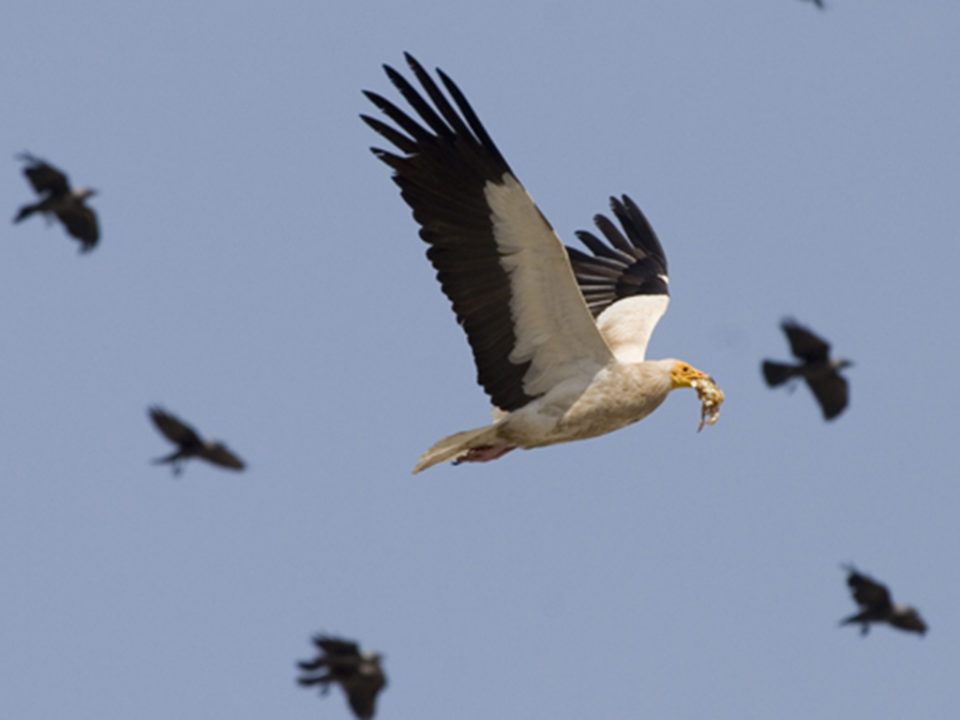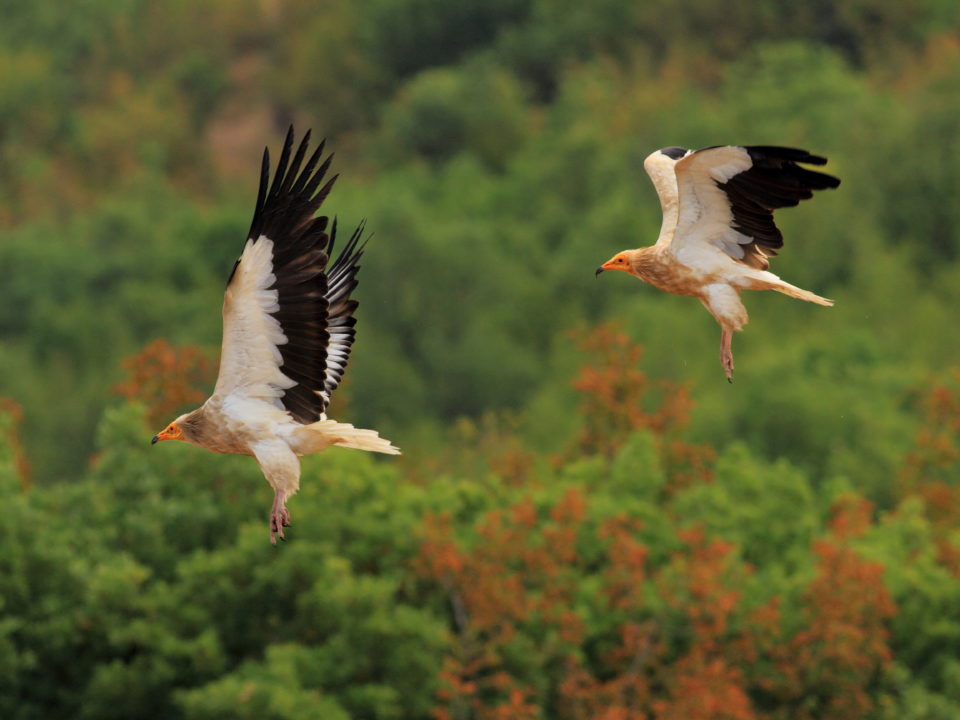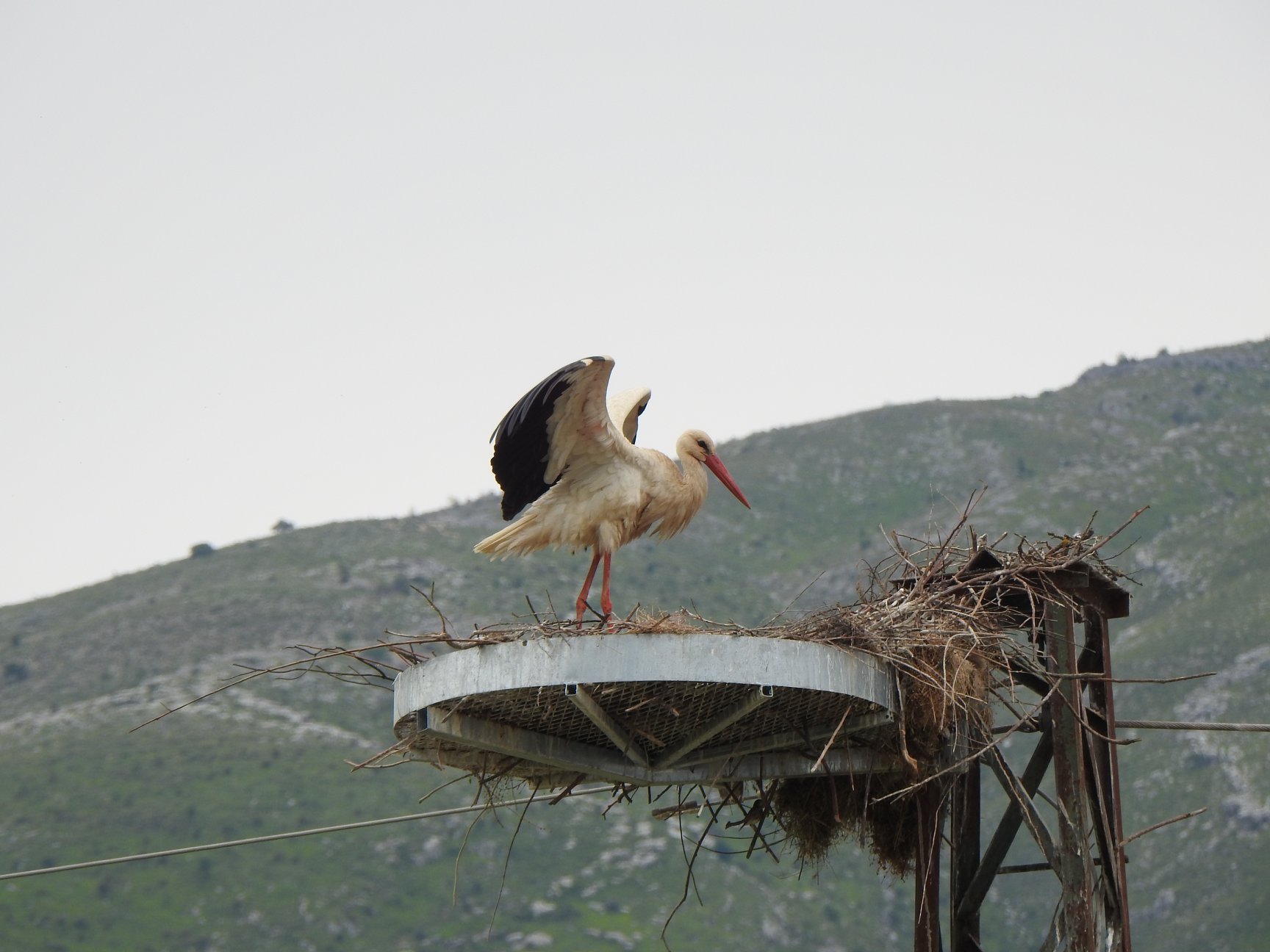Albania
Climate: Subtropical Mediterranean
Habitats: maritime ecosystems, coastal zones, lakes, rivers, evergreen and broadleaf bushes, broadleaf forests, pine forests, alpine and sub-alpine pastures and meadows, and high mountain ecosystems
Albania is a small and unique jewel in the Mediterranean with a rich historical, cultural, and natural heritage. Its diverse landscape boasts a remarkable natural coastline and hinterland, where you can still find virgin beaches as well as wild and dynamic rivers, natural coastal wetlands, freshwater lakes, and reedbeds. Four wetlands are designated Ramsar sites – wetlands of international importance – namely the Karavasta Lagoon, Butrinti Lake, Lake Shkodra and the River Buna, and the Prespa Lakes. The majority of wetlands in Albania are designated as Important Biodiversity Areas and all of them are part of important bird migration routes.
It is not a coincidence that the majestic Golden Eagle (Aquila chrysaetos) proudly features as the emblem of the country’s flag, forever intertwined with its national identity. Albania is also known as ‘Toka e Shqiponjave’ – ‘Land of Eagles’, and Albanians as ‘Bijtë e Shqipes’ – ‘Sons of the Eagle’. But sadly, the population of this awe-inspiring bird has dropped by over 50% in the last decade and the current number of breeding pairs is estimated to be only between 25 and 63. Threats such as poisoning, poaching, habitat loss, and human disturbance have been major driving factors in this drastic decline.
xxxxxxxxxxxxxxxxx
It is estimated that 206,000-325,000
birds are illegally killed or captured
each year in Albania.
xxxxxxxxxxxxxxxxx
This puts Albania in the top ten Mediterranean countries for cases of bird poaching, a record nobody could be proud of. The most problematic areas include the wetlands in the coastal areas, the Semani river outlet and the terrestrial areas of Terbufi, Tirana, Korca, Shkodra, and Elbasani. Despite having a hunting ban in place since 2014, most crimes are related to illegal shooting, exposing the lack of appropriate enforcement of legislation on hunting, fauna, biodiversity and protected areas.
Fortunately, the Albanian Ornithological Society (AOS) and the Protection and Preservation of Natural Environment in Albania (PPNEA) are committed to put an end to bird poaching. Gathering data and evidence on the occurrence of crimes in blackspots, black markets, pet shops, wild meat restaurants, and even online portals that trade wildlife is at the core of their work. Keeping records to demonstrate the scale of the problem in the country is crucial for their policy and advocacy work.
In July 2019, the Albanian Parliament adopted the amendments proposed and drafted by AOS for Law on the Protection of Fauna (Law No. 10 006). The amendments explicitly state that poisoning, the use of poison baits, and the use of agricultural chemicals and veterinary drugs are now prohibited. This also led to the formation of the National Wildlife Council in July 2021. The Council is tasked with protecting wild fauna and regulating hunting activities in Albania. It consists of representatives of the ministries, environmental NGOs – including AOS and PPNEA – hunter federations and associations, universities, and scientific research institutions.
Although positive changes for tackling the illegal killing of birds were introduced with the 2019 amendments to the Penal Code, the lack of proper implementation has undermined their effectiveness. The failure to follow through on prosecutions has allowed poachers to continue their illegal activities with minimal deterrence.
In Albania, it remains as urgent as ever to raise awareness and educate people about the importance of protecting nature. Both organizations continuously engage with the wider public through an array of activities. The perseverance of AOS and PPNEA in their work gives us hope for a better future for birds in this beautiful country.
